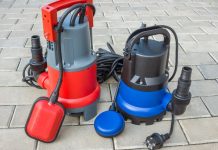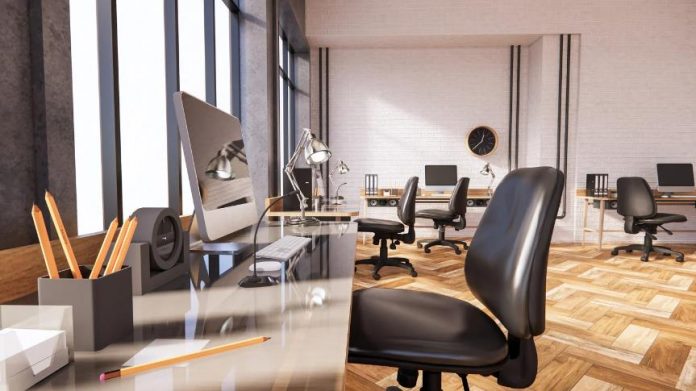Creating a functional and efficient office space is crucial for any business. However, navigating the world of office fit-outs can be daunting, with various categories to choose from. This article aims to guide you through the key differences between shell and core, Category A, and Category B fit-outs, helping you make an informed decision that suits your business needs.
Choosing the Right Fit for Your Business
The Shell and Core Fit-Out: Laying the Foundation
Shell and core fit-outs typically involve the completion of a building’s primary structure, including its base plant, cladding, common spaces, lift shafts, and external works. Mechanical and electrical works are also carried out, establishing the fundamental infrastructure for a modern office space. These fit-outs provide a blank canvas for businesses to customise according to their specific requirements, ensuring the building is structurally sound and adheres to safety regulations.
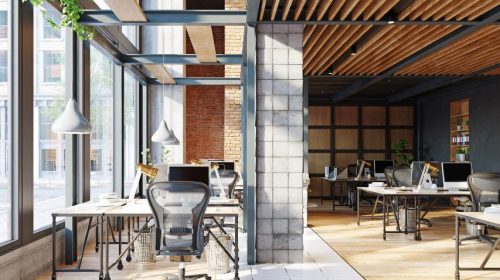 However, they may require significant investment to transform the space into a functional office environment and have longer timelines due to the extensive work involved. Shell and core fit-outs are ideal for businesses looking to create a highly customised inspiring office space from scratch or those involved in a new office development project.
However, they may require significant investment to transform the space into a functional office environment and have longer timelines due to the extensive work involved. Shell and core fit-outs are ideal for businesses looking to create a highly customised inspiring office space from scratch or those involved in a new office development project.
Category A Fit Out: Building Essential Infrastructure
Category A fit-outs build upon the foundation laid by shell and core projects, adding essential infrastructure such as partitioning walls, raised floors, blinds, and suspended ceilings. These elements help to define the space and make it more functional. Category A fit-outs provide a more defined and functional workspace than a shell and core fit-out, allowing businesses to customise the space to a certain extent but with less investment than a shell and core fit-out.
However, they may still require further work to create a fully functional and personalised office space and could be costlier and more time-consuming than a Category B fit-out. Category A fit-outs are well-suited for businesses that need to build essential infrastructure within their office spaces but still want some flexibility for customisation.
Category B Fit Out: Adding the Finishing Touches
Category B fit-outs focus on the finishing touches that make an office space truly unique and personalised. These include office furniture, kitchen areas, branding elements, lighting, and ICT equipment installation. Category B fit-outs deliver fully functional and personalised office space, often being quicker and more cost-effective than shell and core or Category A fit-outs.
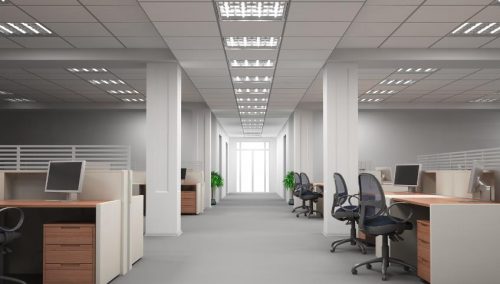 However, they may not offer the same level of customisation as a shell and core, or Category A fit out and require a pre-existing space with essential infrastructure already in place. Category B fit outs are best for businesses moving into a space with existing infrastructure or those looking to refurbish and personalise their current office.
However, they may not offer the same level of customisation as a shell and core, or Category A fit out and require a pre-existing space with essential infrastructure already in place. Category B fit outs are best for businesses moving into a space with existing infrastructure or those looking to refurbish and personalise their current office.
Collaborating with Fit Out Partners: Tips for Success
Choosing a reputable and experienced fit-out partner, such as Amos Beech, can help ensure the success of your office fit out project. Clearly define your project goals and requirements, establish open lines of communication throughout the project, and set realistic budgets and timelines, allowing for contingencies. Monitor progress regularly and address any issues promptly to ensure a smooth and successful fit-out process. Afterall, it is a collaborative project, so it is important that everyone works together to generate the best possible outcome for your new office.
Factors to Consider When Choosing an Office Fit-Out Category
When selecting a fit-out category, consider your available budget, project timeline, level of customisation, and current and future space requirements. Shell and core fit-outs often require the most substantial investment, while Category B fit-outs may be more budget-friendly. Shell and core fit-outs may have longer timelines due to the extensive work involved, whereas Category B fit-outs can often be completed more quickly.
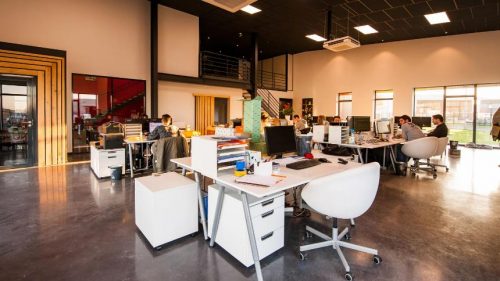 If you require a highly customised space, a shell and core or Category A fit-out may be more suitable. Category B fit-outs offer personalisation options but within the constraints of the existing infrastructure. If you anticipate significant changes or growth in your business operations, opting for a shell and core or Category A fit-out may provide the flexibility to adapt your space accordingly.
If you require a highly customised space, a shell and core or Category A fit-out may be more suitable. Category B fit-outs offer personalisation options but within the constraints of the existing infrastructure. If you anticipate significant changes or growth in your business operations, opting for a shell and core or Category A fit-out may provide the flexibility to adapt your space accordingly.
Conclusion: Making the Right Choice for Your Business
Selecting the appropriate office fit-out category is vital for establishing a workspace that not only addresses your business’s immediate requirements but also bolsters its long-term objectives. By thoroughly examining factors such as your financial constraints, project timeline, the desired degree of customisation, and your present as well as future spatial needs, you can arrive at a well-informed decision that is bound to have a positive impact on your employees’ productivity and your organisation’s overall performance.
Engaging the expertise of seasoned fit-out partners, like Amos Beech, and drawing insights from real-world examples will undoubtedly contribute to the success of your office fit-out endeavour. In doing so, you’ll be paving the way for your business to flourish and expand, ensuring a bright and prosperous future.

